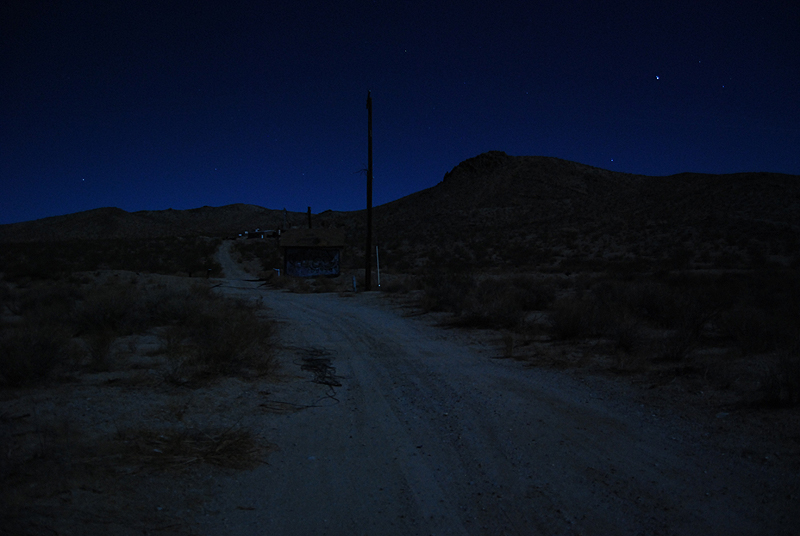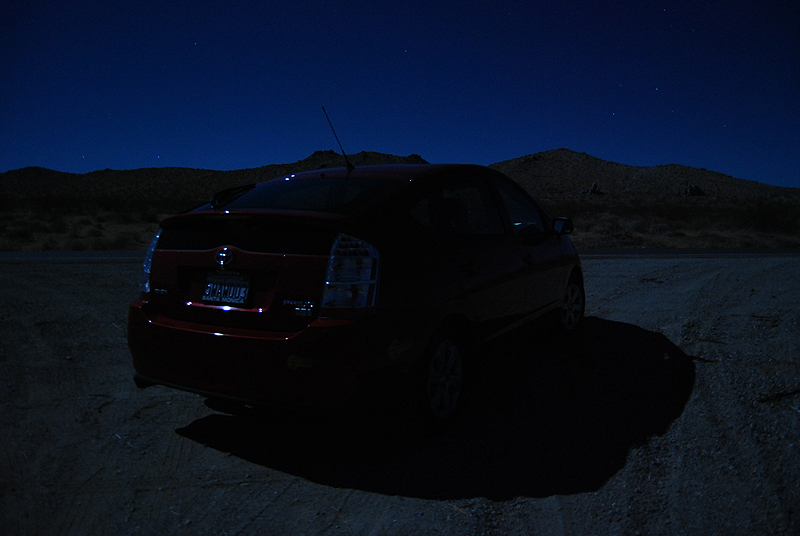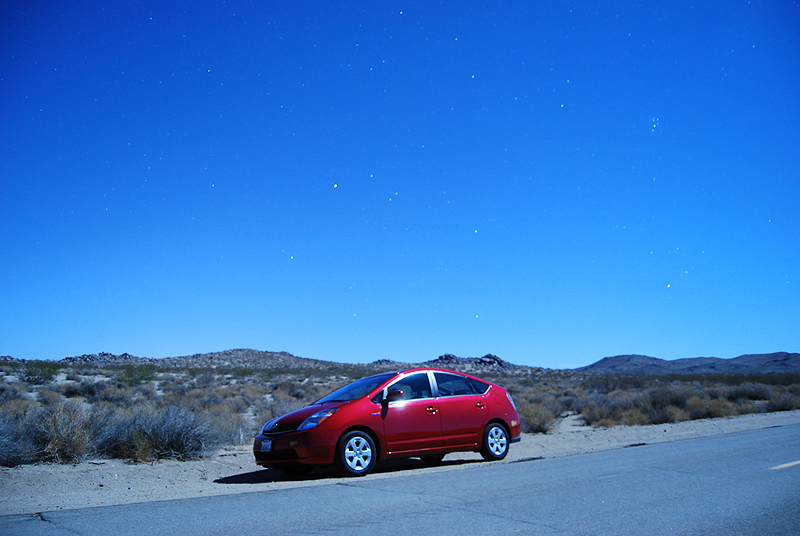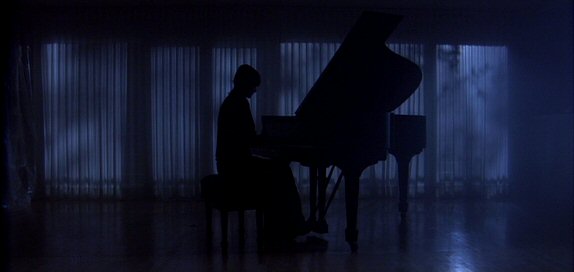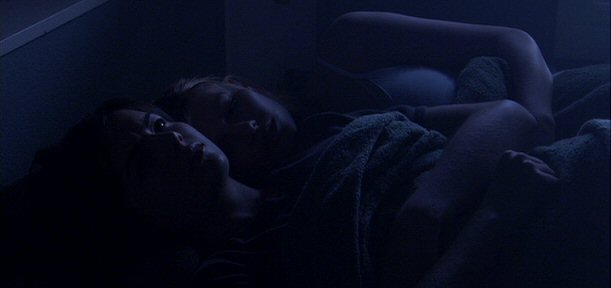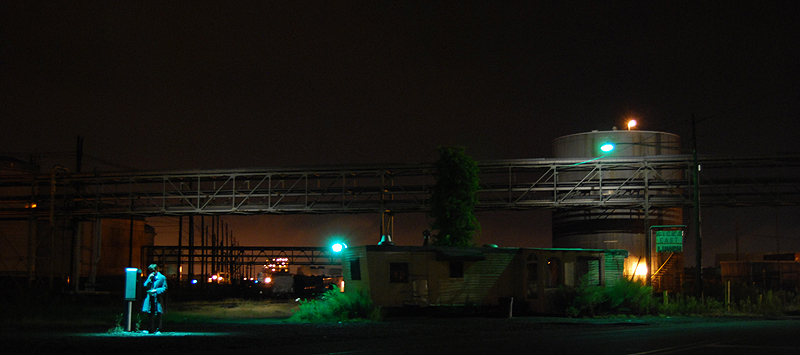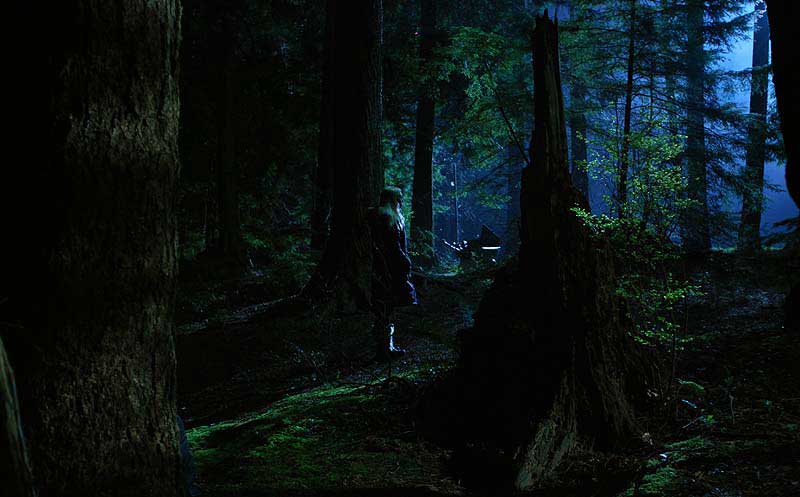Well, you'd have to define what looks fake about moonlighting because clearly you have some sort of opinion about that.
The intensity of moonlight is dependent on what it is in relation to. In an urban environment, it is unlikely for the moonlight to be the brightest source of light and would thus read fairly dim compared to other sources, yet out in the wilderness away from any other light source, a full moon on a clear night can be an intense light and should read brighter.
I shot these still photos of my car parked in the desert under real moonlight, with my camera set to tungsten-balance, underexposed by two stops:
This wasn't underexposed at all:
So you see that moonlight is really the same as sunlight, just much dimmer.
But you can make moonlight as blue or neutral white as you want, or blue-green, pale blue, whatever you want. You can make it hard or soft.
Generally though you are trying to give the impression of darkness, so you want to create shadows in the frame, which is why moonlight tends to look better as a backlight, unless it is a frontal or side light broken up by trees to create shadow patterns.
But first you have to tell me if the moon is the only possible source of light in the scene and what sort of location this is. And what looks fake about moonlighting. Perhaps the best thing would be to find a reference shot in a movie that you liked or disliked.
Looking at what I already have on stored online, I have a couple of night shots from movies I've done but I can't find a moonlit exterior. Here's some moonlit interiors:
Here's a night exterior without moonlight:

